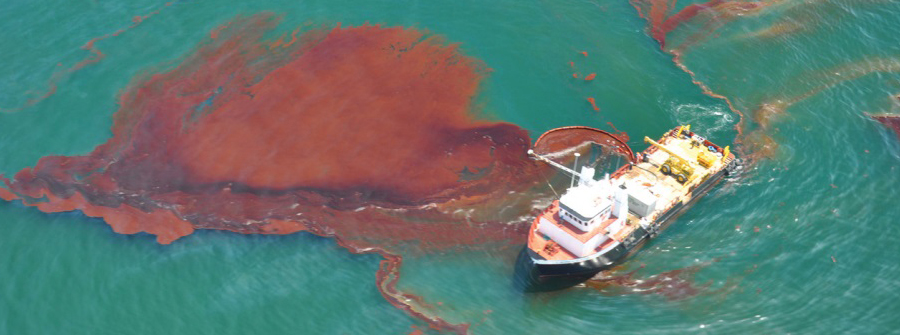Data Management for Deepwater Horizon

The Deepwater Horizon incident off the Gulf coast triggered the most expansive natural resource damage assessment (NRDA) in history. IEc coordinated over 100 scientific studies of marsh vegetation, marsh fauna, seagrass habitat, oyster habitat, mesophotic reefs, deep benthic habitat, chemosynthetic communities, marine mammals, sea turtles, fish, and plankton. The resulting body of scientific data is among the most comprehensive and robust ever generated for ecological research.
To facilitate data access and support response, planning, and restoration efforts, IEc worked with clients at the National Oceanic and Atmospheric Administration (NOAA) to develop an initial web-based storage system. This portal served as a central repository for field data, and expanded to include document libraries, calendar functionality, collaborative workspaces, and early restoration project tracking. These materials formed the foundation for the Data Integration, Visualization, Exploration and Reporting (DIVER) system. IEc developers used data warehouse and dashboard tools – including Pentaho’s open source-based “Business Intelligence” platform – to integrate response, assessment, and restoration data. DIVER users can create and run detailed queries; display results in maps, tables, and charts; or export data for further analysis.
Through improved data access, DIVER changed how NRDA trustees and researchers share information, communicate, and collaborate. Building on our success supporting Deepwater Horizon, NOAA and IEc recently expanded DIVER to create a national data system for NRDA case management and released two public DIVER sites (for Deepwater Horizon and the Great Lakes Restoration Initiative) that extend online data access to the general public.
View Data Client National Oceanic and Atmospheric Administration